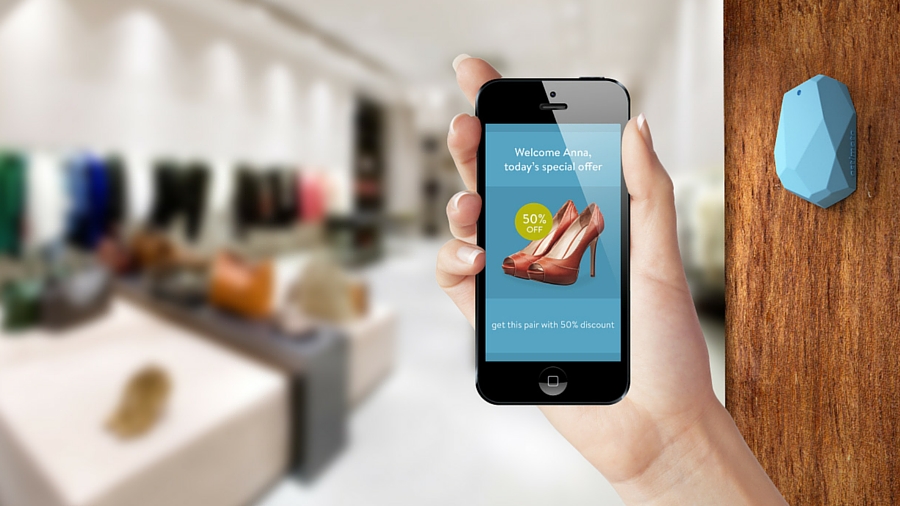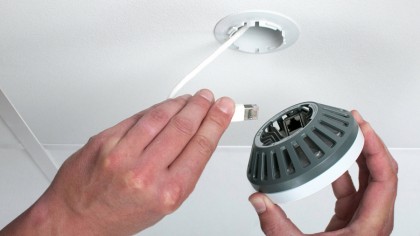Beyond beacons: The cool 'lighthouse' tech that will map the indoors
From Radio Dots and 3D sensors to machine vision and location by LED

At first, it sounded great. You walk around a city and cunningly hidden Bluetooth beacons sense your phone and use trigonometry to calculate your exact position at all times. They bring indoor mapping and navigation to malls, airports and even to specific shops and stores. They allow blind people to navigate.
You can use them with your phone to unlock doors, be guided to a specific library book, be micro-billed according to how long you spend in a cinema or on a train, or be messaged about a museum exhibit/zoo animal/historic building you're standing in front of.

Much promise
Beacons promise much, but so far all the hype has been from advertising agencies salivating about a frankly rather dull use for a terrific piece of tech – sending you a voucher to tempt you to go into a shop, or to buy an item you lingered next to. However, when it comes to the physical web, there's a lot more going on than just Bluetooth beacons and intrusive advertising. When people talk about transformative technology, this is what they mean.

Radio Dots
About 90% of our time is spent indoors – GPS is not only useless indoors, but relatively unimportant. Ericsson's very practical take on this is to massively increase the quality of indoor mobile broadband via its own Radio Dot System. Capable of handling 600Mbps, each 300g cell 'dot' joins up with the outdoor mobile network, and can be upgraded remotely.
"Radio Dots are improving indoor app coverage for smartphone users around the world, and with simple software upgrades, they will continue to, as mobile connectivity demand increases for both people and things," says Arun Bansal, Senior Vice President and Head of Business Unit Radio, Ericsson. The Radio Dot wants to be an IoT backbone device for the 5G era.
Sensor fusion
If upgrading mobile network hardware is belt-and-braces stuff, it's in handsets where the real momentum is – both Google and Apple want to extend their mapping indoors in 2016 using nothing but phones. How does it work? The clue is in the name; instead of relying on one technology, sensor fusion combines as many parameters as possible from as many sensors as possible to create a kind of all-seeing eye handset.
Everyone's doing it – look at those advanced driver assistance systems in cars that use data from cameras, motion and proximity sensors to fuel the automated emergency brake. The most advanced drones do it, too.
Are you a pro? Subscribe to our newsletter
Sign up to the TechRadar Pro newsletter to get all the top news, opinion, features and guidance your business needs to succeed!
RF fingerprinting – recognising the unique signals sent by a SIM card or any other radio device – is often used for tracking commercial equipment such as palettes around a warehouse, but for smartphones, we're talking data from the accelerometer, the gyroscope, compass, the GPS chip and Wi-Fi.
It often depends on what the buildings are made of as well as how many Wi-Fi networks/hotspots/access points there are, but it has been proven to work.
Jamie is a freelance tech, travel and space journalist based in the UK. He’s been writing regularly for Techradar since it was launched in 2008 and also writes regularly for Forbes, The Telegraph, the South China Morning Post, Sky & Telescope and the Sky At Night magazine as well as other Future titles T3, Digital Camera World, All About Space and Space.com. He also edits two of his own websites, TravGear.com and WhenIsTheNextEclipse.com that reflect his obsession with travel gear and solar eclipse travel. He is the author of A Stargazing Program For Beginners (Springer, 2015),
